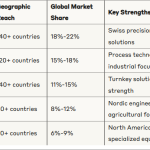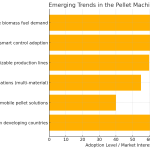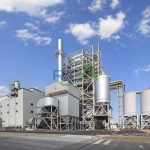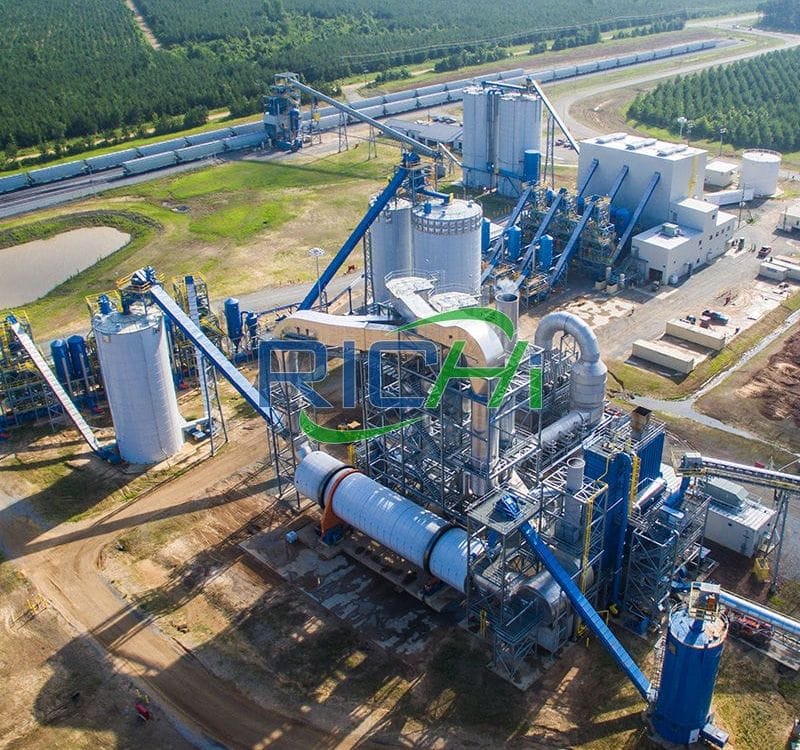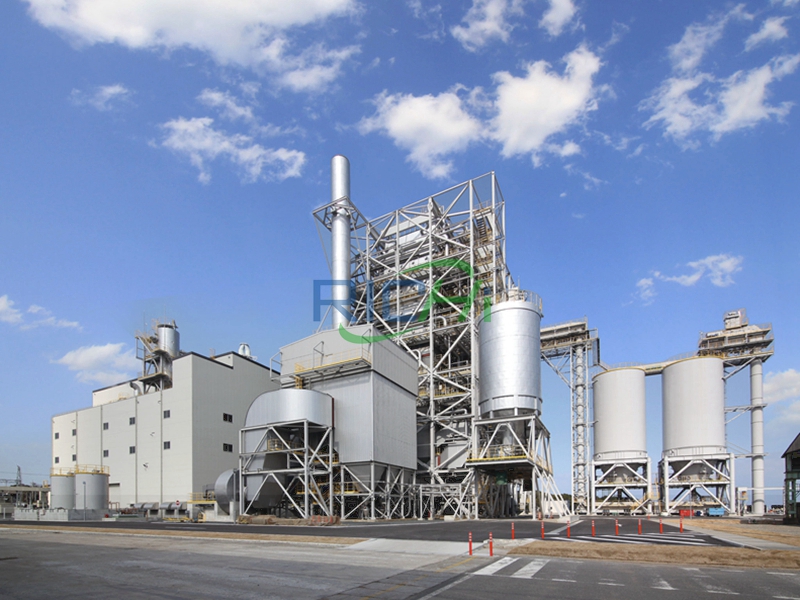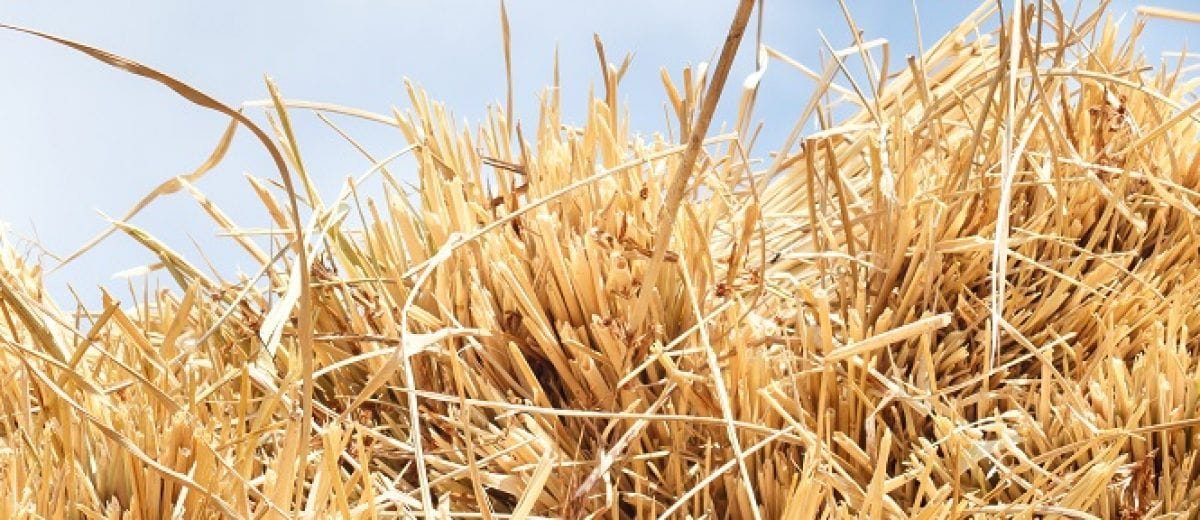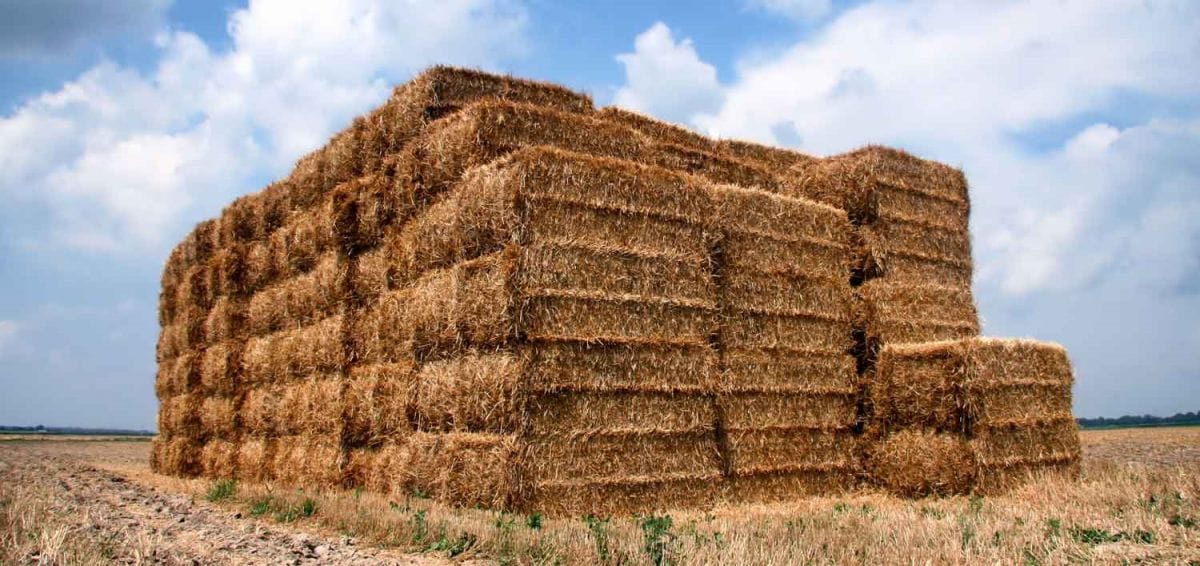The global push towards renewable energy sources has significantly increased the demand for wood pellets. However, countries with strict environmental protection requirements have a profound impact on the design and operation of wood pellet production lines. This article explores how these stringent regulations influence the engineering, equipment selection, and operational practices of wood pellet manufacturing facilities.
Key Environmental Concerns in Wood Pellet Production
- Air Emissions
Wood pellet production can release particulate matter, volatile organic compounds (VOCs), and greenhouse gases. Countries with strict environmental regulations often require advanced emission control systems. - Water Usage and Wastewater Management
The production process may involve water for cooling or steam generation. Strict regulations necessitate efficient water use and proper treatment of wastewater. - Noise Pollution
Industrial operations can generate significant noise. Environmental regulations may impose limits on noise levels, affecting equipment selection and facility design. - Waste Management
Proper handling and disposal of waste materials, including wood dust and rejected pellets, are crucial aspects regulated by environmental laws. - Energy Efficiency
Many countries with strict environmental regulations also emphasize energy efficiency in industrial processes.
Related post: wood pellet production line price
Countries with Stringent Environmental Regulations
Several countries are known for their strict environmental protection requirements, which significantly impact wood pellet production line design:
- Germany
- Sweden
- Netherlands
- Denmark
- United States (particularly California)
- Canada
- Japan
How Strict Regulations Influence Production Line Design
- Advanced Emission Control Systems
In countries with stringent air quality regulations, wood pellet production lines must incorporate sophisticated emission control technologies:
- Cyclones and Baghouses: These systems are essential for capturing particulate matter. High-efficiency cyclones and fabric filter baghouses are often required to meet strict particulate emission limits.
- Regenerative Thermal Oxidizers (RTOs): To control VOC emissions, RTOs may be necessary. These systems can achieve VOC destruction efficiencies of over 99%.
- Wet Electrostatic Precipitators (WESPs): For ultra-fine particle control, WESPs may be integrated into the production line, especially in areas with very stringent particulate matter regulations.
- Water Management Systems
Countries with strict water conservation and quality regulations influence production line design in several ways:
- Closed-Loop Cooling Systems: To minimize water consumption, closed-loop cooling systems are often implemented, reducing freshwater intake and wastewater discharge.
- Advanced Wastewater Treatment: On-site wastewater treatment facilities may be necessary, incorporating technologies like membrane bioreactors or advanced oxidation processes to meet stringent discharge standards. (Related post: wood pellet machine price)
- Noise Reduction Measures
To comply with noise regulations, production line designs may include:
- Acoustic Enclosures: Key equipment like hammer mills and pellet presses may be enclosed in sound-insulated housings.
- Silencers: Exhaust systems and pneumatic conveyors often require silencers to reduce noise levels.
- Strategic Equipment Placement: The layout of the production line may be optimized to minimize noise impact on surrounding areas.
- Efficient Material Handling and Dust Control
Strict regulations on particulate emissions and worker safety necessitate advanced material handling and dust control systems:
- Enclosed Conveyors: To minimize dust emissions, enclosed belt or screw conveyors are often used instead of open systems.
- Dust Collection Systems: Comprehensive dust collection networks are integrated throughout the production line, with strategically placed collection points.
- Spark Detection and Suppression: To prevent dust explosions, advanced spark detection and suppression systems are often required.
- Energy-Efficient Equipment and Processes
Countries emphasizing energy efficiency in industrial processes influence production line design through:
- High-Efficiency Motors: The use of premium efficiency motors and variable frequency drives (VFDs) to optimize energy consumption.
- Heat Recovery Systems: Integration of heat exchangers to recover and reuse thermal energy from dryers and coolers.
- Biomass-Fired Boilers: Utilizing wood waste to generate process heat, reducing reliance on fossil fuels.
- Advanced Control and Monitoring Systems
To ensure compliance with environmental regulations, sophisticated control and monitoring systems are essential:
- Continuous Emission Monitoring Systems (CEMS): Real-time monitoring of air emissions to ensure compliance with regulatory limits.
- Automated Process Control: Advanced PLC and SCADA systems to optimize process efficiency and minimize environmental impact.
- Data Logging and Reporting: Comprehensive data collection and reporting capabilities to meet regulatory requirements for environmental performance documentation.
- Raw Material Sourcing and Quality Control
Strict environmental regulations often extend to the sourcing of raw materials:
- Sustainable Forestry Certification: Production lines may need to incorporate systems for tracking and verifying the sustainability of wood sources.
- Contaminant Detection: Advanced screening and detection systems to remove non-wood materials and ensure pellet quality.
- Facility Layout and Design
Environmental considerations influence the overall facility design:
- Buffer Zones: Increased setbacks from sensitive areas may be required, affecting the facility’s footprint and layout.
- Green Spaces: Integration of landscaping and green spaces to mitigate environmental impact and improve aesthetics.
- Stormwater Management: Advanced stormwater collection and treatment systems to protect local water resources.
Case Study: Wood Pellet Production in Germany
Germany, known for its strict environmental regulations, provides an excellent example of how these requirements shape wood pellet production line design:
- Emission Control: German facilities often incorporate multi-stage emission control systems, including high-efficiency cyclones, baghouses, and RTOs to meet the TA Luft air quality standards.
- Energy Efficiency: The German Energy Saving Ordinance (EnEV) drives the implementation of energy-efficient technologies throughout the production line.
- Noise Control: Strict noise limits in residential areas necessitate comprehensive noise reduction measures in German wood pellet plants.
- Sustainable Sourcing: German regulations require detailed documentation of wood sources, influencing raw material handling and tracking systems in production lines.
Conclusion
The design of wood pellet production lines in countries with strict environmental protection requirements is a complex process that demands a holistic approach. Engineers and plant designers must consider a wide range of environmental factors, from air and water quality to noise pollution and energy efficiency. While these stringent regulations pose challenges, they also drive innovation in production technologies and practices.
As global environmental standards continue to evolve, the lessons learned from designing wood pellet production lines in countries with strict regulations will likely influence industry practices worldwide. This trend towards more environmentally conscious production methods not only ensures compliance with current regulations but also positions the wood pellet industry for long-term sustainability and social acceptance.


